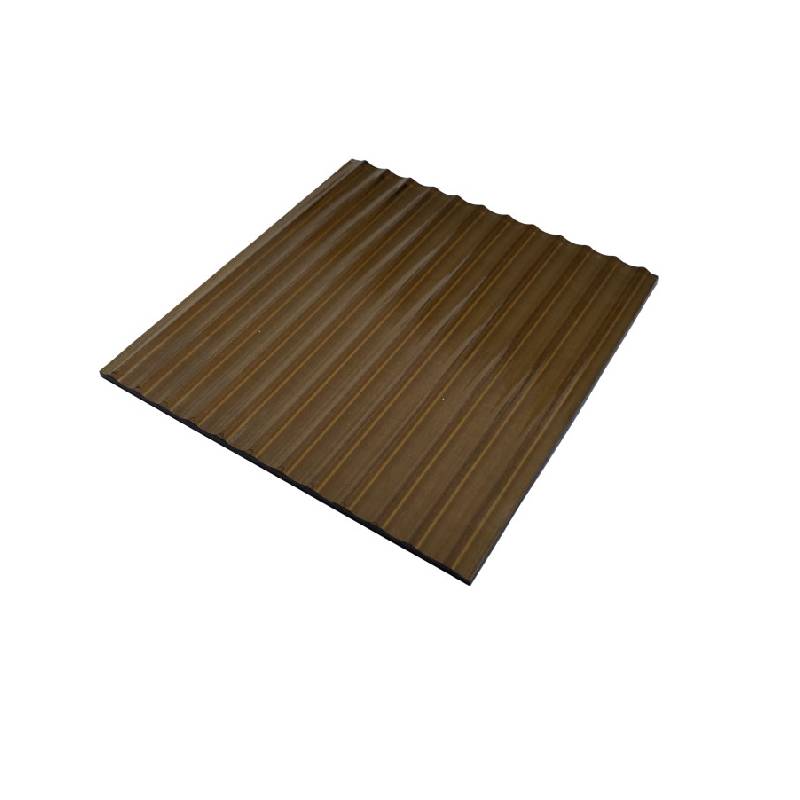The Current Trends and Pricing of Clear Float Glass
Clear float glass has been a staple in the glass industry for years, renowned for its clarity and versatility. This type of glass has been extensively used in various applications, from architectural designs to household items. As we move into an era characterized by innovation and sustainability, understanding the pricing trends of clear float glass is essential for both consumers and manufacturers.
Understanding Clear Float Glass
Clear float glass is manufactured through the float glass process, where molten glass is floated on molten tin to create a flawless sheet. This method ensures uniform thickness and excellent optical quality, making it ideal for a range of applications such as windows, glass doors, mirrors, and a multitude of decorative glass items. The properties of clear float glass include high transparency, ease of cleaning, and compatibility with various coatings and treatments.
Market Dynamics Influencing Prices
Several factors influence the price of clear float glass in the market
. These include raw material costs, production processes, demand and supply, and macroeconomic conditions.
1. Raw Materials The primary raw materials for producing clear float glass are silica sand, soda ash, and limestone. Fluctuations in the prices of these raw materials can significantly impact the overall cost of production. For instance, any increase in mining or transportation costs for silica sand can lead to higher prices for clear float glass.
2. Production Costs The manufacturing process of float glass is energy-intensive. Energy prices, particularly for natural gas and electricity, directly affect production costs. As the world shifts toward renewable energy sources, any transition can temporarily spike energy prices, subsequently impacting glass prices.
3. Supply and Demand The demand for clear float glass is closely tied to the construction and automotive industries. A robust construction market can lead to increased demand, thereby driving prices up. Conversely, if there’s a slowdown in construction activities, the excess supply can lead to lower prices.
clear float glass price
4. Global Economic Factors Economic conditions, international trade policies, and tariffs can affect the clear float glass industry's pricing. For example, trade disputes may lead to increased tariffs on imported glass, thereby affecting domestic pricing structures. Global economic fluctuations can also influence consumer spending power, altering demand for glass products.
Recent Trends in Pricing
In recent years, the clear float glass market has witnessed significant price volatility. The COVID-19 pandemic disrupted supply chains, which led to temporary shortages and increased prices. As the industry began to recover, manufacturers faced climbing raw material costs compounded by increased shipping fees due to port congestion. The result has been a steady increase in prices for clear float glass.
Additionally, the economic recovery in many regions has led to a surge in construction activities, reinforcing demand. This increased consumption has further exerted upward pressure on prices. However, as supply stabilize and production ramps back up, industry analysts predict that prices may begin to level off in the coming years.
The Future Outlook
Looking ahead, the clear float glass market is poised for growth, driven by innovations in glass technology and increasing demand for sustainable products. The development of energy-efficient, insulated glass will likely dominate future trends, attracting investments and potentially altering price structures.
Sustainability has become a critical factor in every industry, including glass manufacturing. Companies are focusing on reducing their carbon footprint and producing recycled glass products. These initiatives may lead to variations in pricing as the market adjusts to new production methods and consumer preferences.
Conclusion
Clear float glass remains a vital component of the construction and manufacturing sectors. Its pricing is influenced by various dynamic factors including raw material costs, production processes, and overall economic conditions. As we advance, staying informed about these trends will be crucial for stakeholders in the industry. Understanding the factors that influence pricing can enable consumers and businesses alike to make informed decisions, ensuring they remain competitive in an evolving market. Whether you're an architect, builder, or a homeowner, keeping an eye on clear float glass prices will undoubtedly benefit your projects and investments.
 Afrikaans
Afrikaans  Albanian
Albanian  Amharic
Amharic  Arabic
Arabic  Armenian
Armenian  Azerbaijani
Azerbaijani  Basque
Basque  Belarusian
Belarusian  Bengali
Bengali  Bosnian
Bosnian  Bulgarian
Bulgarian  Catalan
Catalan  Cebuano
Cebuano  Corsican
Corsican  Croatian
Croatian  Czech
Czech  Danish
Danish  Dutch
Dutch  English
English  Esperanto
Esperanto  Estonian
Estonian  Finnish
Finnish  French
French  Frisian
Frisian  Galician
Galician  Georgian
Georgian  German
German  Greek
Greek  Gujarati
Gujarati  Haitian Creole
Haitian Creole  hausa
hausa  hawaiian
hawaiian  Hebrew
Hebrew  Hindi
Hindi  Miao
Miao  Hungarian
Hungarian  Icelandic
Icelandic  igbo
igbo  Indonesian
Indonesian  irish
irish  Italian
Italian  Japanese
Japanese  Javanese
Javanese  Kannada
Kannada  kazakh
kazakh  Khmer
Khmer  Rwandese
Rwandese  Korean
Korean  Kurdish
Kurdish  Kyrgyz
Kyrgyz  Lao
Lao  Latin
Latin  Latvian
Latvian  Lithuanian
Lithuanian  Luxembourgish
Luxembourgish  Macedonian
Macedonian  Malgashi
Malgashi  Malay
Malay  Malayalam
Malayalam  Maltese
Maltese  Maori
Maori  Marathi
Marathi  Mongolian
Mongolian  Myanmar
Myanmar  Nepali
Nepali  Norwegian
Norwegian  Norwegian
Norwegian  Occitan
Occitan  Pashto
Pashto  Persian
Persian  Polish
Polish  Portuguese
Portuguese  Punjabi
Punjabi  Romanian
Romanian  Russian
Russian  Samoan
Samoan  Scottish Gaelic
Scottish Gaelic  Serbian
Serbian  Sesotho
Sesotho  Shona
Shona  Sindhi
Sindhi  Sinhala
Sinhala  Slovak
Slovak  Slovenian
Slovenian  Somali
Somali  Spanish
Spanish  Sundanese
Sundanese  Swahili
Swahili  Swedish
Swedish  Tagalog
Tagalog  Tajik
Tajik  Tamil
Tamil  Tatar
Tatar  Telugu
Telugu  Thai
Thai  Turkish
Turkish  Turkmen
Turkmen  Ukrainian
Ukrainian  Urdu
Urdu  Uighur
Uighur  Uzbek
Uzbek  Vietnamese
Vietnamese  Welsh
Welsh  Bantu
Bantu  Yiddish
Yiddish  Yoruba
Yoruba  Zulu
Zulu 

